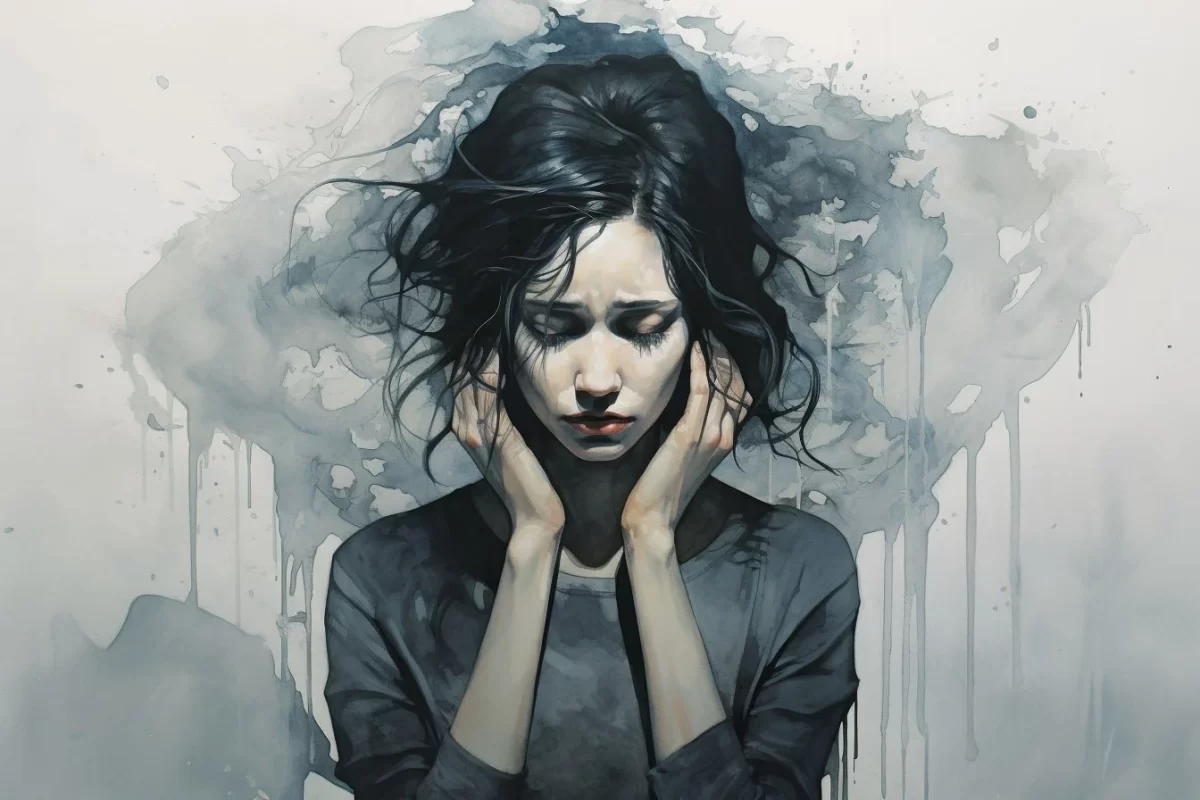Anxious – Experiencing worry, unease, or nervousness, typically about an imminent event or something with an uncertain outcome.
Anxiety really isn’t a fun thing to have. It’s a feeling of fear and uneasiness. It causes you to sweat, feel uneasy, restless, tense, and have a rapid heartbeat. Anxiety disorders are conditions when you have anxiety and it gets progressively worse overtime. It can interfere with schoolwork, relationships, and jobs.There are many different types of anxiety disorders. GAD,(Generalized anxiety disorder), panic disorder, and social anxiety are some of the many different types of anxiety. People with GAD worry about regular things such as health, family, money etc, but their worries are more excessive than others.
People who have panic disorder have panic attacks. Panic attacks are repeated periods of intense fear, when people have panic attacks it may seem like you’re having a heart attack or dying. A lot of people have around one or two panic attacks in their life, others have recurring panic attacks and those people probably have panic disorder.
Social anxiety disorder is also called social phobia, it causes significant anxiety, embarrassment,and self consciousness for everyday interactions. People who have social anxiety really worry and are fearful of being negatively judged or studied. Fear and anxiety lead to avoidance and that messes things up. It can be very impactful in life. People have a fear of speaking up for themselves or talking to a class , even ordering their food and that can hurt someone because they don’t have a basic skill that they need, they get anxious from just thinking about it.
There really isn’t a known cause for anxiety but genetics, chemistry, stress, and the environment you’re in can play a huge role in it. There are all types of risk factors for all types of anxiety; those include: being shy or withdrawn in new situations or meeting new people, Traumatic events in early childhood or adulthood, physical health conditions, or family history of anxiety or any other mental disorders. There are many symptoms of anxiety disorder. There can be different symptoms for the different disorders. The similar symptoms of them all are anxious thoughts or beliefs that are hard to control, physical symptoms like your heart rapidly beating or pounding, aches and pain that are unexplainable, dizziness and shortness of breath, changed in behavior for example trying to avoid activities you use to do normally or everyday.
Depressive disorder also known as depression is a mental disorder that is very common. Depression can cause lack of interest or pleasure for a long period of time. It can affect everyday life like relationships with family, friends, and people overall. It can also cause many problems at school or work. Depression can happen for any reason like people who have lived through abuse, have had severe losses, and other reasons.
There’s many types of depression. Seasonal affective disorder (SAD) is one of the many types of depression out there. Seasonal affective disorder is depression that is affected by the changes of the season. The symptoms start around fall and continue throughout the winter. The treatment for SAD includes light therapy, psychotherapy, and medications. Some symptoms for SAD are having problems with sleeping too much, overeating, feeling hopeless, difficulty concentrating.
It is estimated that women are more likely to have depression than men. 3.8% of the population has experienced depression. 5% are adults, 4% are men and 6% are women, and 5.7% are from adults that are over 60 years old. Around 280 million people in the world have depression, more than 10% of women who are pregnant or have just given birth experience depression.
More than 700,000 people die from suicide every year, it’s the fourth cause of death for 15-29 year olds. More than 75% of people receive no treatment.Some psychological treatments for depression are behavioral activation, cognitive behavioral therapy, interpersonal psychotherapy, and problem solving therapy.
